Is Porsche Prone to Breakdowns? The Truth from Owning Seven Porsches
公開日:2021.04.29
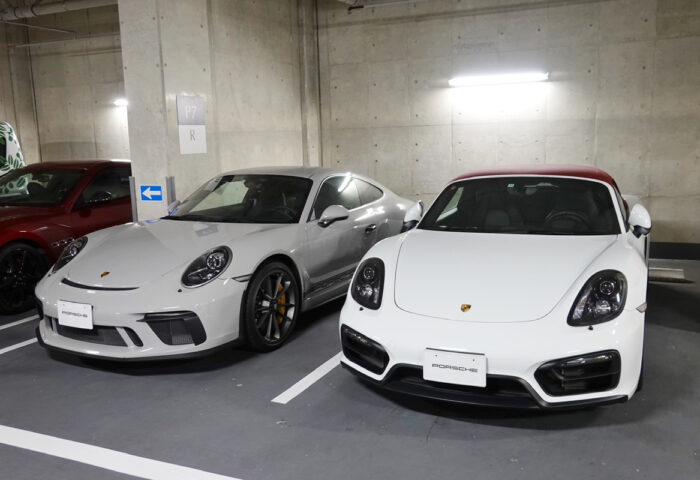
I often receive questions on the blog about “Porsche malfunctions,” and my husband has written an article on this topic. Please take a look if you’re interested.
コンテンツ
Owning Seven Porsches
Over the past five and a half years, I have personally purchased seven Porsches: 981 Boxster GTS, 970 Panamera, 971 Panamera Turbo, 991 GT3 Touring Package, 964 Carrera 2, 9YA Cayenne E-Hybrid, and 992 Carrera Cabriolet.
While driving these cars, I decided to summarize the kinds of breakdowns and malfunctions I have experienced so far.

That said, what some might consider a malfunction from the perspective of someone used to Japanese domestic cars may simply be a specification or wear-and-tear part in the world of imported cars. Because of this, the perception of what counts as a “breakdown or malfunction” can vary from person to person, making it a complex topic.
Therefore, this time I have objectively categorized the incidents as follows:
- Breakdowns that do not affect driving
- Breakdowns that affect driving but still allow the car to be driven
- Exterior/interior malfunctions or unusual noises
- Breakdowns that make driving impossible
- Other phenomena not considered breakdowns but uncommon in Japanese cars
Breakdowns That Do Not Affect Driving
There are five such cases.
The first was shortly after purchasing the 981 Panamera Turbo, when during driving there was a PSM malfunction and an error with the ACC (Adaptive Cruise Control). The issue resolved after restarting the engine. I recall this happened about twice more afterward, but each time restarting the engine cleared the error, and the problem never recurred.
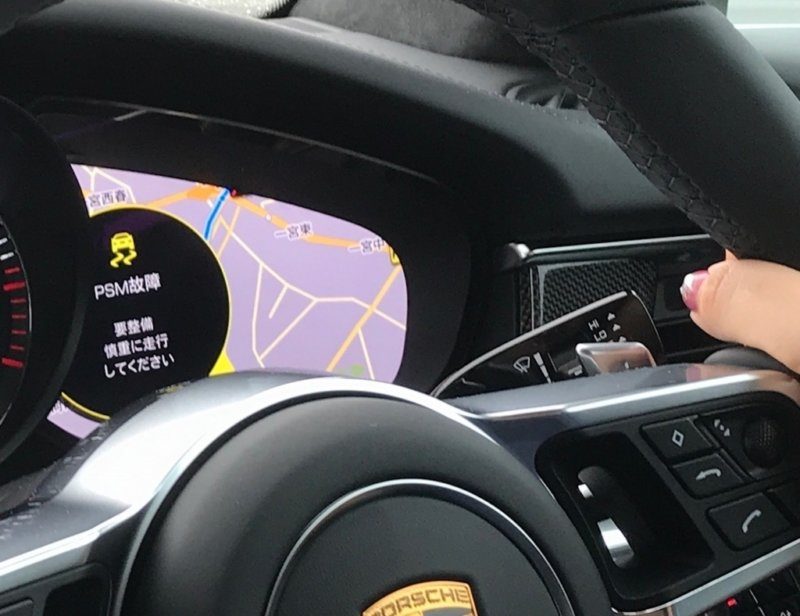
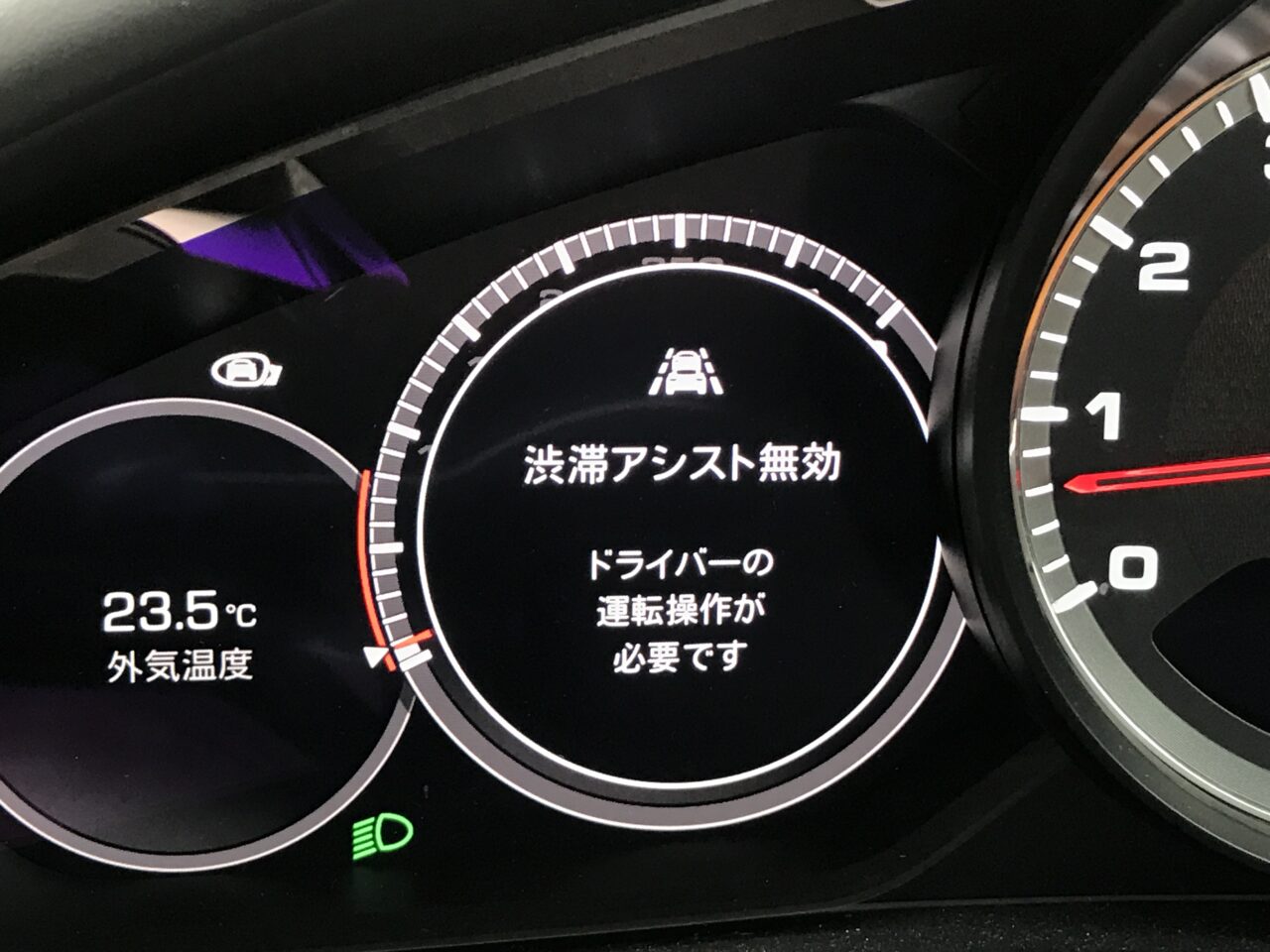
The second was also with the 981 Panamera Turbo: very rarely, the engine would fail to start (a failed start attempt) and a warning would appear. However, restarting the engine a second time always succeeded, so it did not affect driving. I experienced this a few times.
Although it could not be reliably reproduced, I recall the issue was more likely to occur if the engine was started while the seat was still adjusting automatically. When I contacted the dealer, they said, “Please bring the car in if it happens again.” But before I could do so, the problem stopped occurring and eventually disappeared altogether.
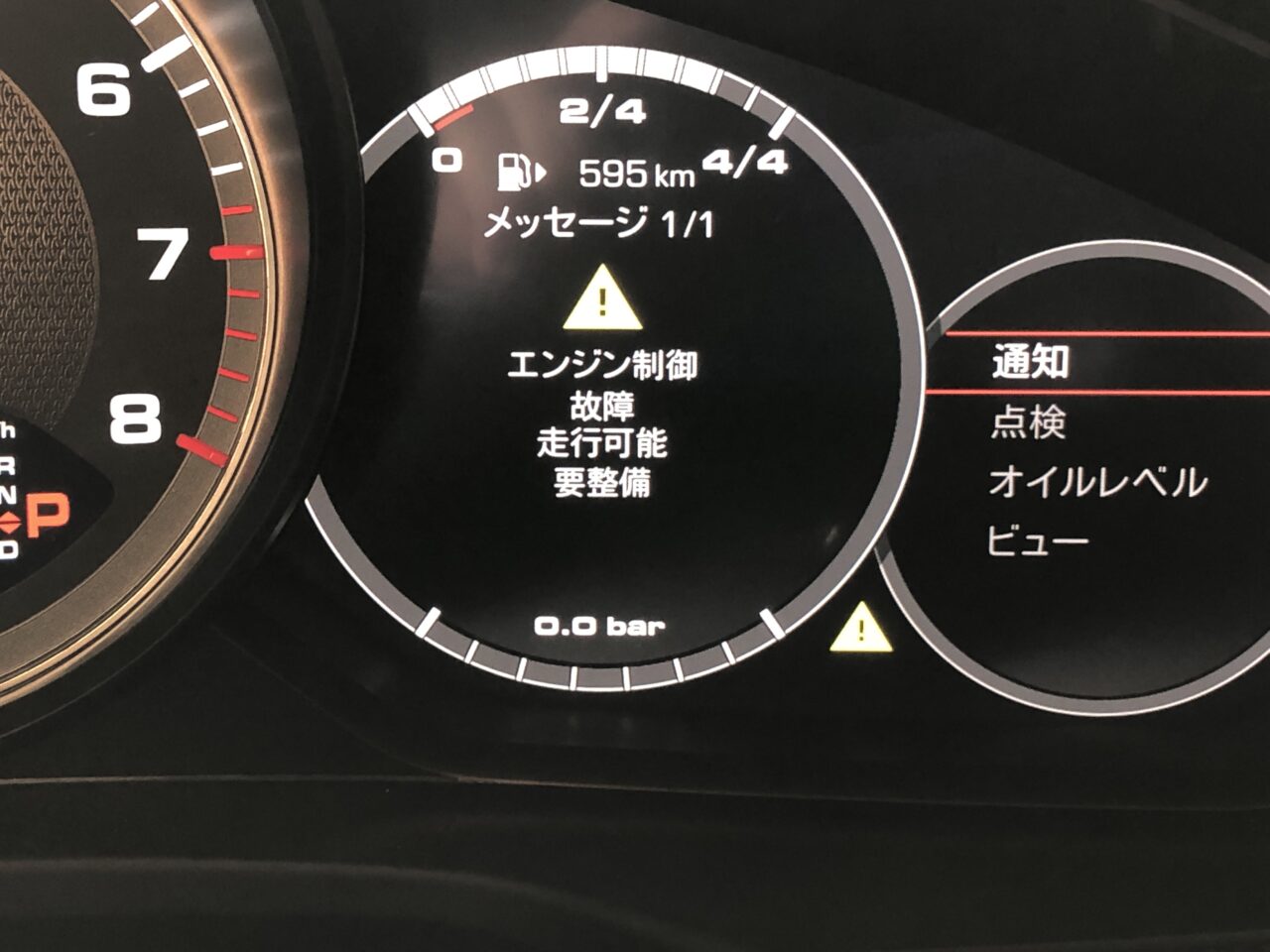
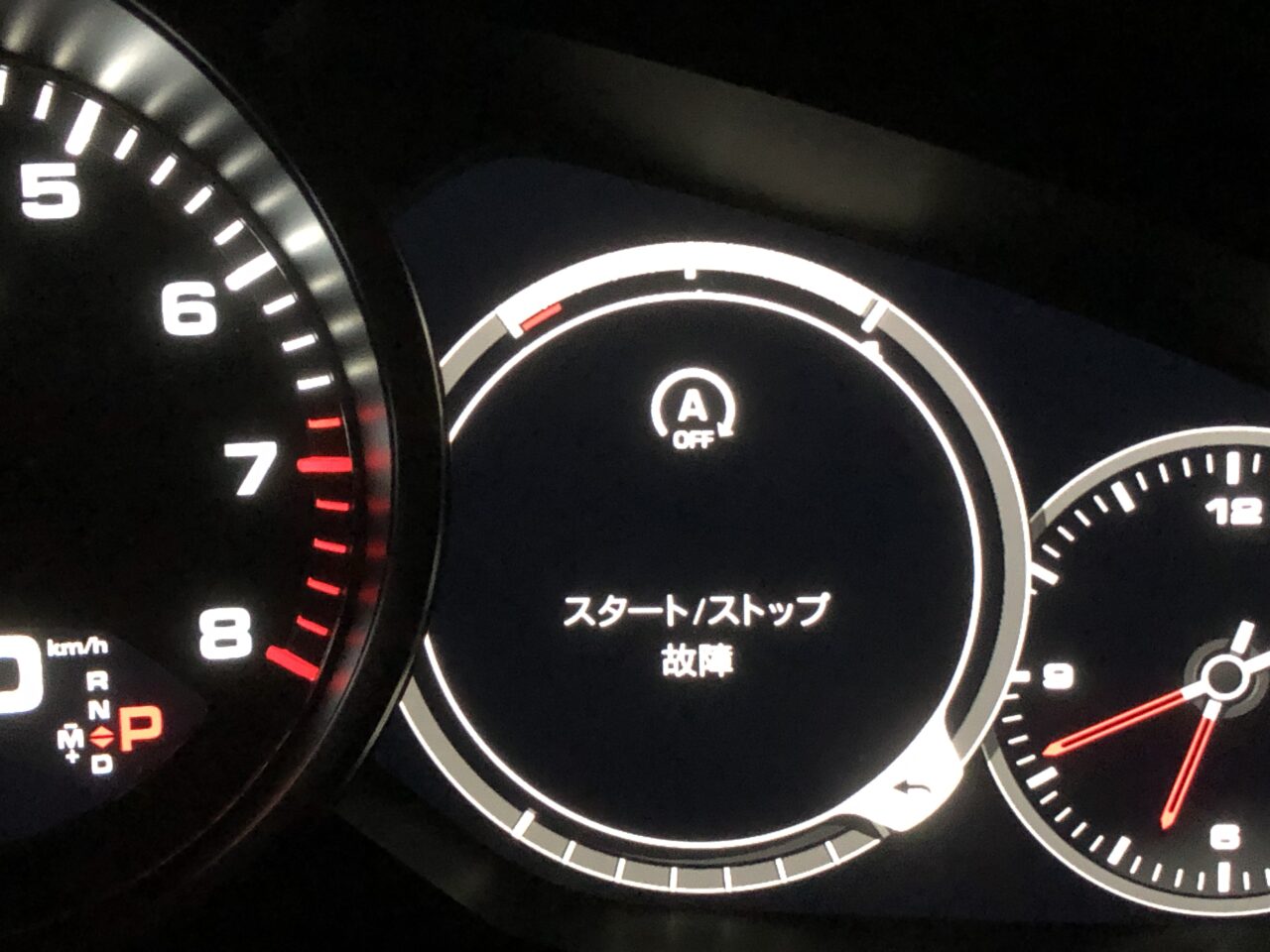
The third was with the GT3 Touring Package, where the aluminum part on the shift knob showing the gear numbers started to lift and almost came off. This was replaced free of charge under warranty. The GT3 Touring Package’s shift knob is an exclusive (custom) part, and it took over three months to arrive after ordering, but I was happy to have a brand-new shift knob.
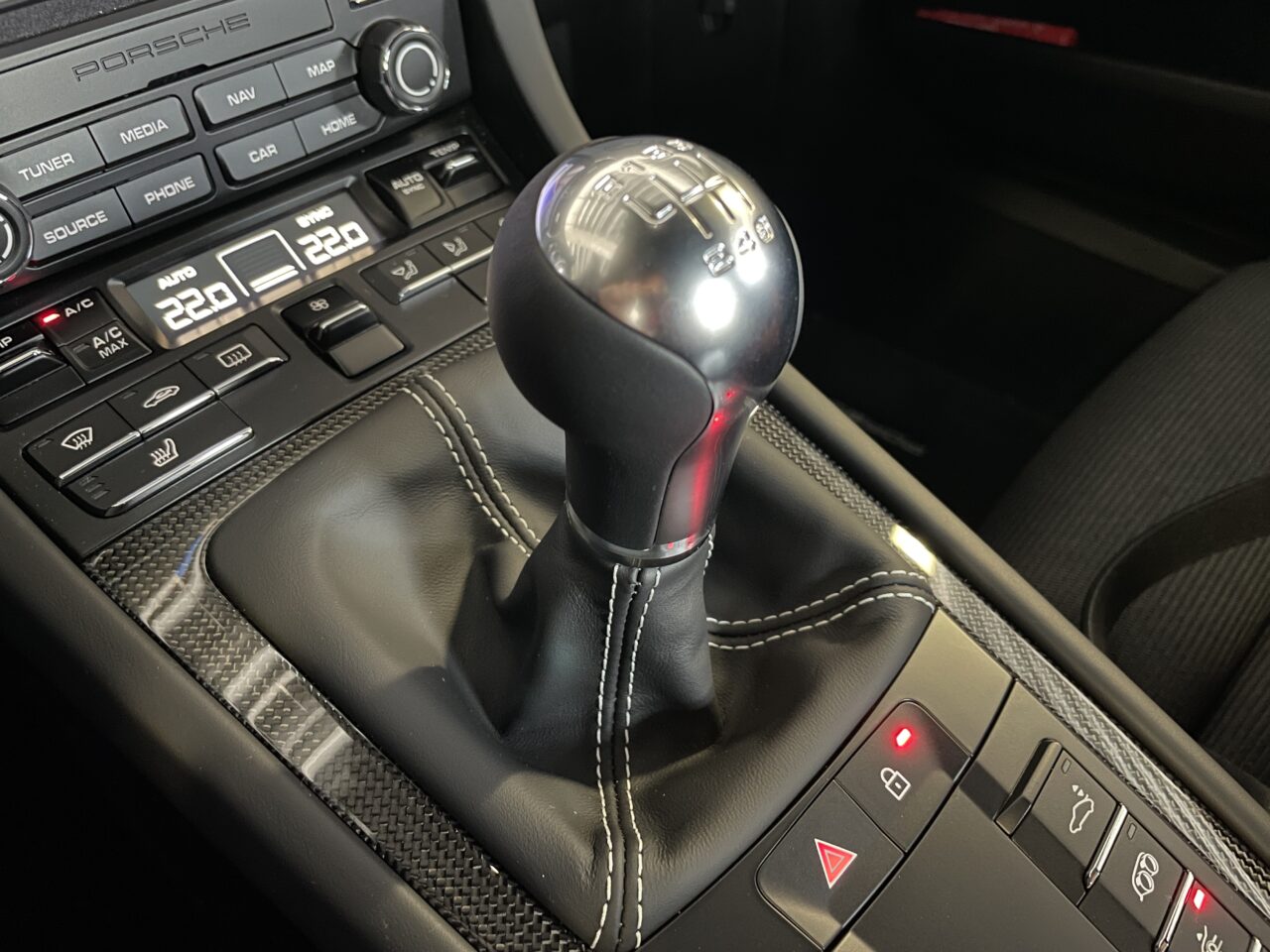
The fourth was with the Cayenne E-Hybrid, where the navigation system’s online update failed, causing an error to appear every time the navigation started. This issue still persists. Although the car was brought to the dealer once, the problem was not fully resolved and remains under investigation.
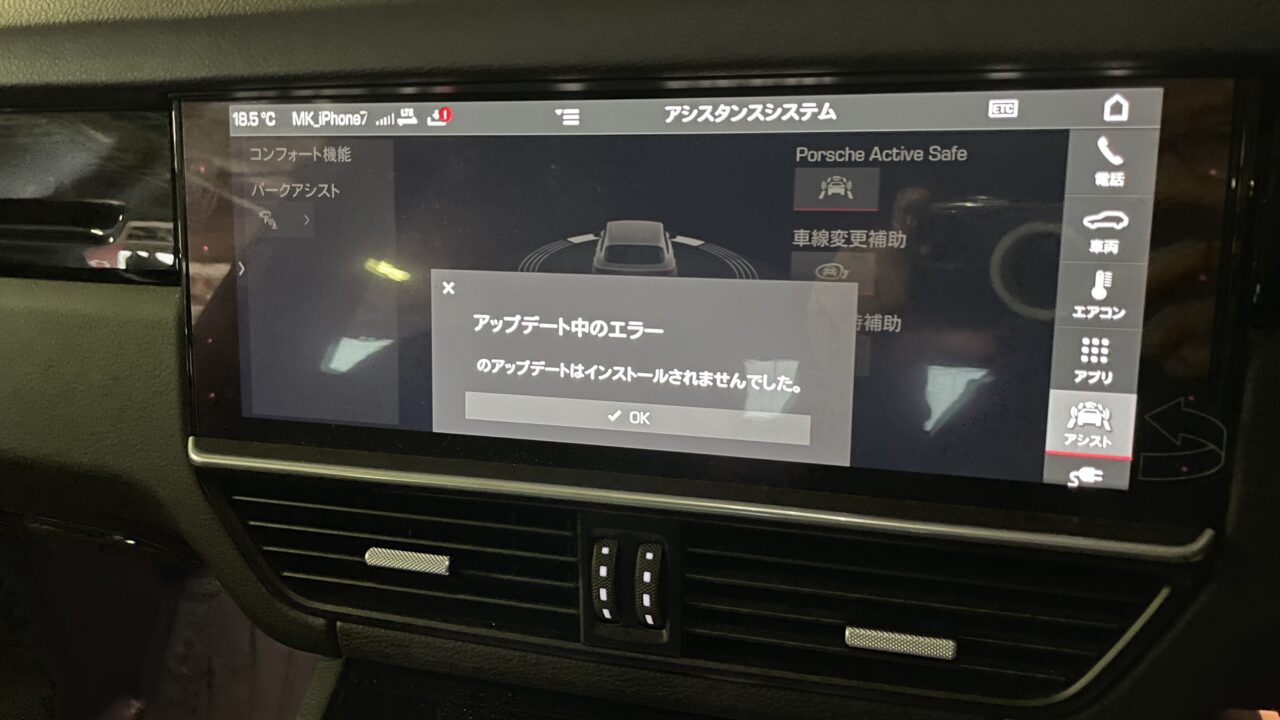
The fifth was with the 992, involving communication problems between the Porsche Connect app and the vehicle. Porsche Connect is a smartphone app that lets you check fuel, oil levels, mileage, fuel economy, tire pressure, and current location, and remotely lock the car.
While the app worked fine with the Cayenne, the 992 often showed errors and failed to display data.
I contacted Porsche Connect support by email, patiently answering repeated similar questions and explaining the situation. Just as they said they would check with the responsible department, the app started working properly.
It worked fine for a while, but occasionally the same problem recurred. At the time of writing this article, it seems the problem has returned. Since it’s not a major inconvenience and contacting support is a hassle, I’m currently ignoring it.
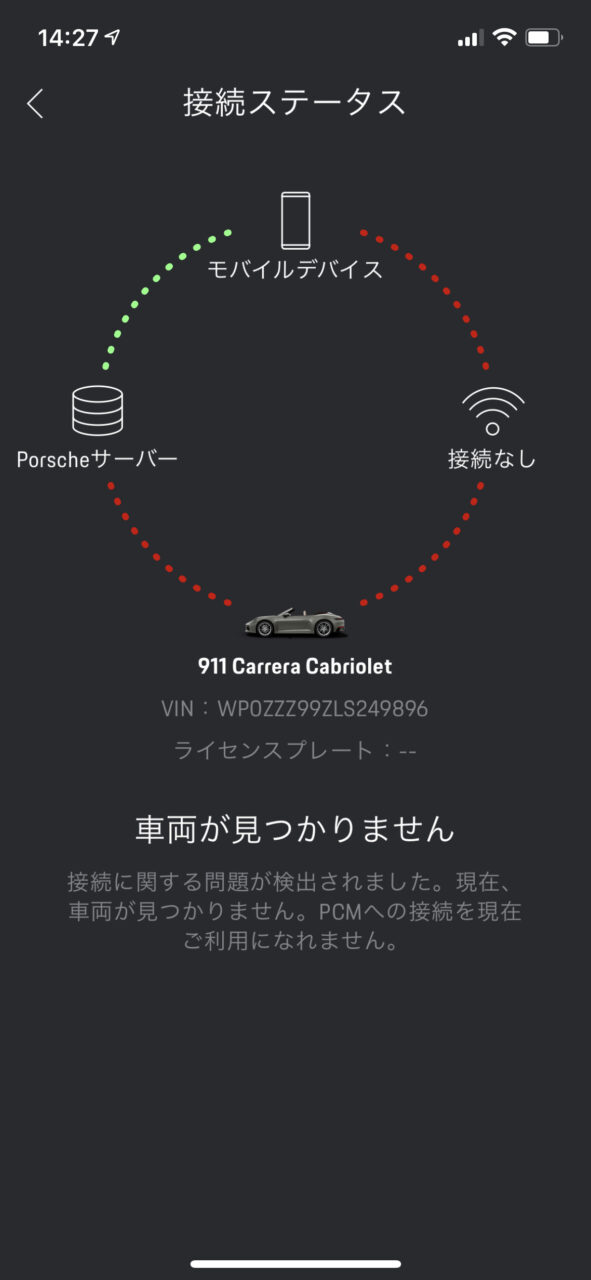

Breakdowns That Affect Driving but Still Allow Driving
With the 964 Carrera 2, there was a smell while driving caused by a worn alternator belt in the engine bay slipping and melting from heat, producing a burnt odor. If I had continued driving, the battery would not have charged and eventually the car might have become undrivable. However, the smell alerted me immediately, and replacing the belt solved the problem.
Another issue with the 964 Carrera 2 is that the ABS warning light has recently started coming on when starting the engine. It used to happen occasionally, but the frequency has increased, so I plan to bring it in soon.
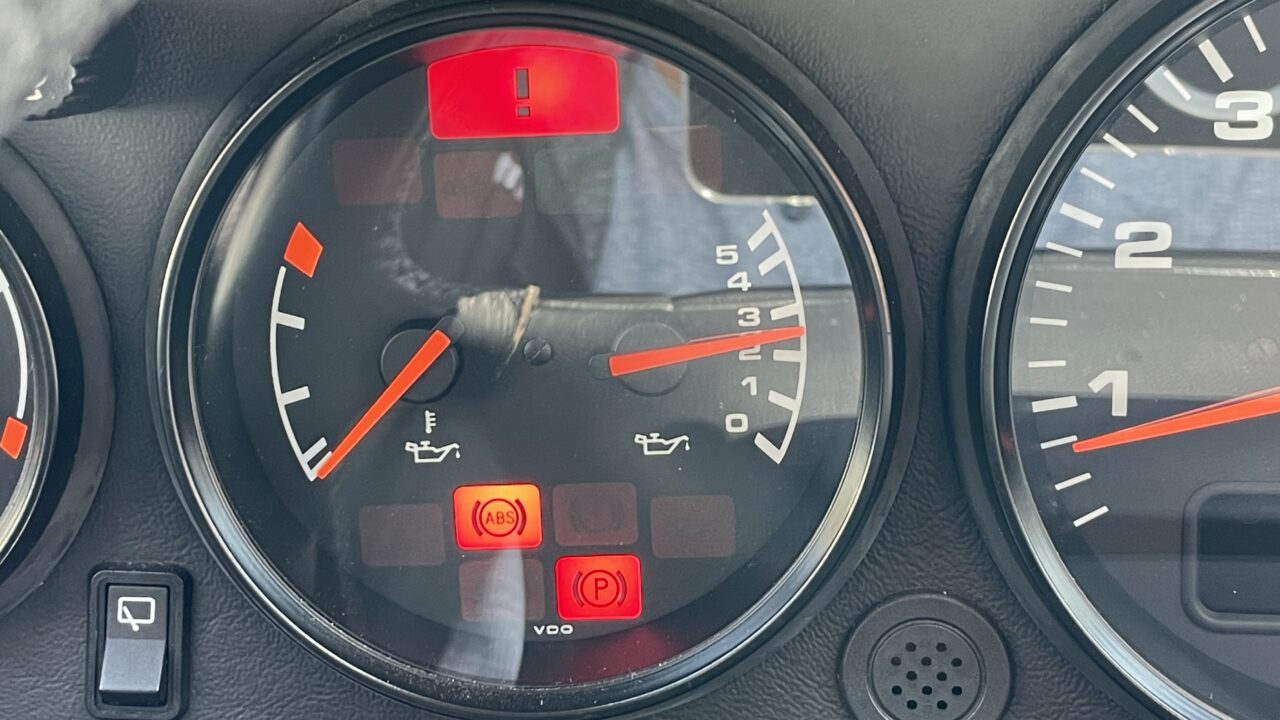
Exterior/Interior Malfunctions and Unusual Noises
The first was right after purchasing the Boxster GTS: air leaked through the gap between the driver’s side window and the soft top, causing a wind noise at high speeds. The dealer checked and adjusted the window closure, which improved the issue.
Since this problem was hard to reproduce except at high speeds, I was worried the dealer might not take it seriously, but the dealer representative said, “Porsche cars are meant to be driven fast, so of course we check such things.” I remember thinking, “That’s Porsche for you!”
The second issue was fogging inside the tail lamps and headlights. This often happens after driving in heavy rain or after washing the car. All our Porsches experience some degree of fogging. I personally don’t mind it because it doesn’t cause visible dirt inside the lamps or reduce brightness, and the fog clears after a while.
However, from Porsche-related social media, many owners seem quite dissatisfied with this.
The third is interior rattling noises. This is a common Porsche trait. The Boxster sometimes makes a faint creaking noise near the left rear soft top hinge (a subtle crackling sound), and even the latest 992 has creaking noises near the passenger sun visor.
The 991 GT3 sometimes has slight creaking noises near the passenger seat, but since the car is not designed with soundproofing in mind, other noises tend to drown it out. The Cayenne occasionally has a crackling noise near the interior light.
The air-cooled 964 Carrera 2 makes noises from many places, so I don’t even notice them.
All these noises are at a level that doesn’t distract from driving focus, but those used to Japanese cars or sensitive to unusual noises might find them bothersome. For now, if the noises become distracting enough to affect driving concentration, I plan to bring the car to the dealer, but since I usually forget about them while driving, I leave them alone.
Also, not my car but my brother’s previous Panamera Sport Turismo had an issue where a bolt-like object from manufacturing was somehow inside the pillar, causing noise while driving.
This bothered him a lot, so he took it to the dealer for repair.
Breakdowns That Make Driving Impossible
So far, none. The closest was a dead battery in the 964 Carrera 2, but a dead battery in a 964 is more of a “specification” than a malfunction, so I don’t worry about it.
Other Phenomena Not Considered Breakdowns but Uncommon in Japanese Cars
There are three: oil consumption, brake squealing, and unusual noises when turning the steering wheel slowly in cold weather.
These are rarely heard of in Japanese cars, and people unfamiliar with them might complain they are malfunctions, but these are genuine Porsche “specifications.”
First, regarding oil consumption: with the 981 Boxster GTS, around 10,000 km a low oil warning appeared, and I topped up the oil. This solved the issue, and since then, even after surpassing 45,000 km, no oil consumption has occurred.
I also experienced oil consumption with the 971 Panamera Turbo. Oil consumption was faster in the Panamera than in the Boxster, and I recall topping up oil once or twice until nearly 20,000 km when the warning appeared.
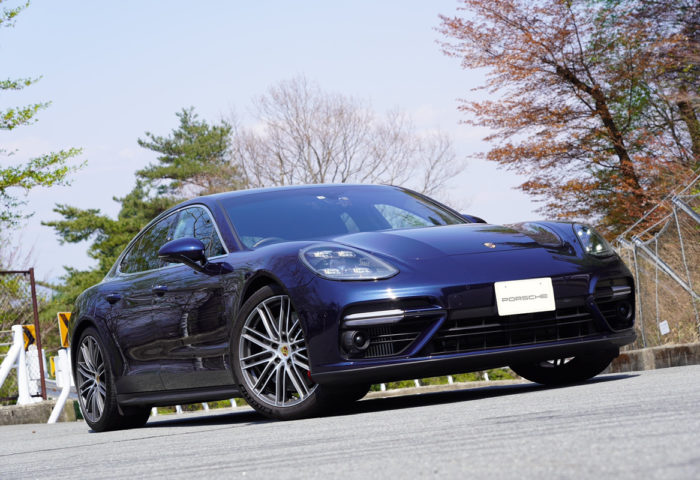
However, oil consumption gradually decreased, and no warnings appeared until I sold the car. Recent Porsche manuals state that oil consumption up to 0.8L per 1,000 km is not abnormal, so there is no need to worry.
Regarding brake squealing, you should expect Porsches to squeal. Especially the expensive optional PCCB (carbon ceramic brakes) squeal more than cast iron brakes, and this is noted in the manual. For more details, see this article about Porsche brake squealing.
The third is that on cold winter mornings, when pulling out of the parking lot and turning the steering wheel sharply, you often hear a “scraping” or “grinding” noise. This is rare in Japanese cars but common in Porsches and AMG models.
This happens for two main reasons: Porsche uses parallel steering geometry instead of Ackermann steering geometry to enhance driving performance, and the cars are fitted with high-performance summer tires.
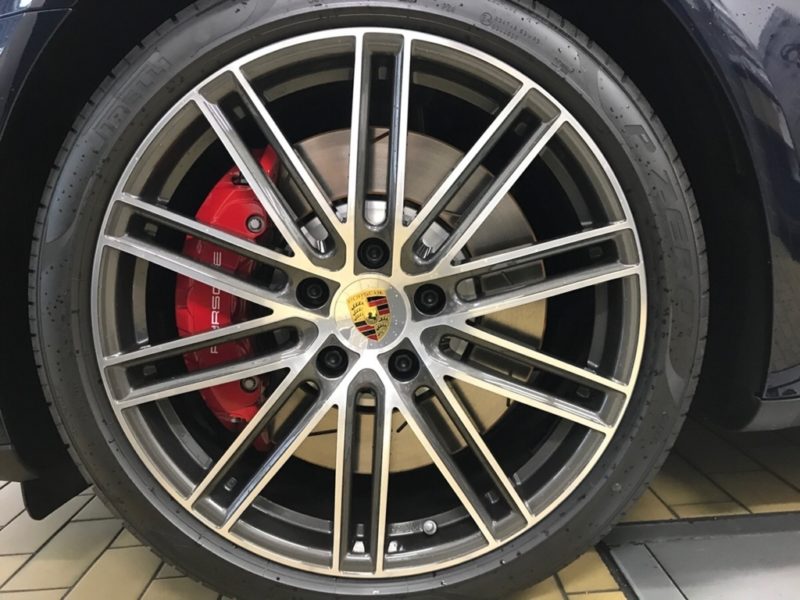
High-performance summer tires become very hard below 7°C, and in Germany, driving on summer tires below 7°C is prohibited. On cold mornings when the tires are not warmed up, the hard rubber combined with parallel steering geometry causes a rotational difference between the outer and inner wheels, dragging the rubber and creating the noise.
So this is not abnormal. For more details on this grinding noise at very low speeds in Porsche cars, please see here.
What I Learned from Owning a Porsche
These are the incidents I have experienced. I have not experienced others, but from social media, I’ve heard of PDM (electronically controlled engine mount) troubles in Boxster and Cayman models, and PTM (Porsche Traction Management, four-wheel drive control) issues in Macan models.
From my experience, Porsche breakdowns that affect driving or are critical are rare. On the other hand, electronic control and infotainment system troubles, as well as interior rattling noises, are common.
If I were to advise someone buying their first Porsche, it would be not to treat it as a “luxury car” just because it’s expensive. As I have said many times, Porsche is not “luxury” but a high-priced car because of its “high performance.”
If you want a car without rattles or brake squeals, you will be much more satisfied buying a Japanese luxury coupe or sedan.
このブログが気に入ったらフォローしてね!


Comment ( 0 )
Trackbacks are closed.
No comments yet.